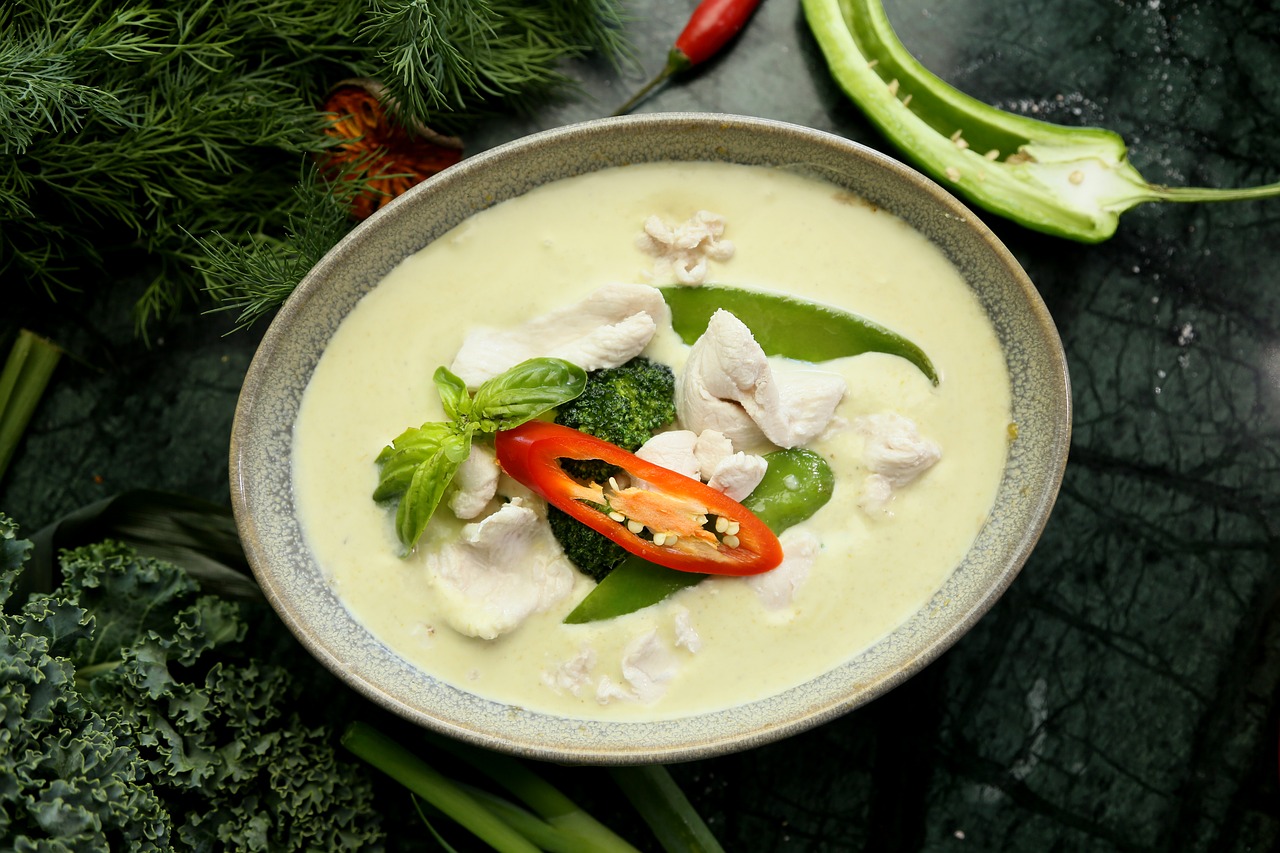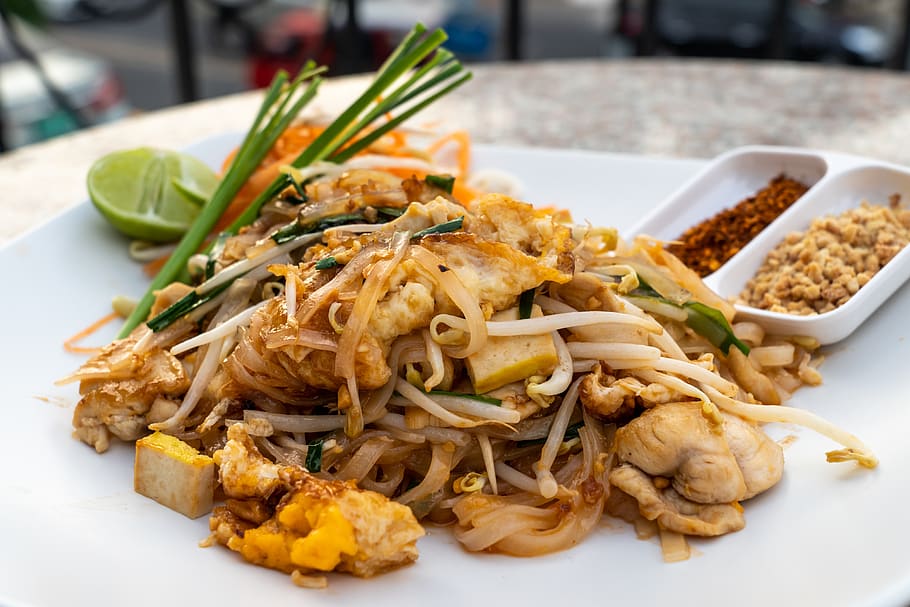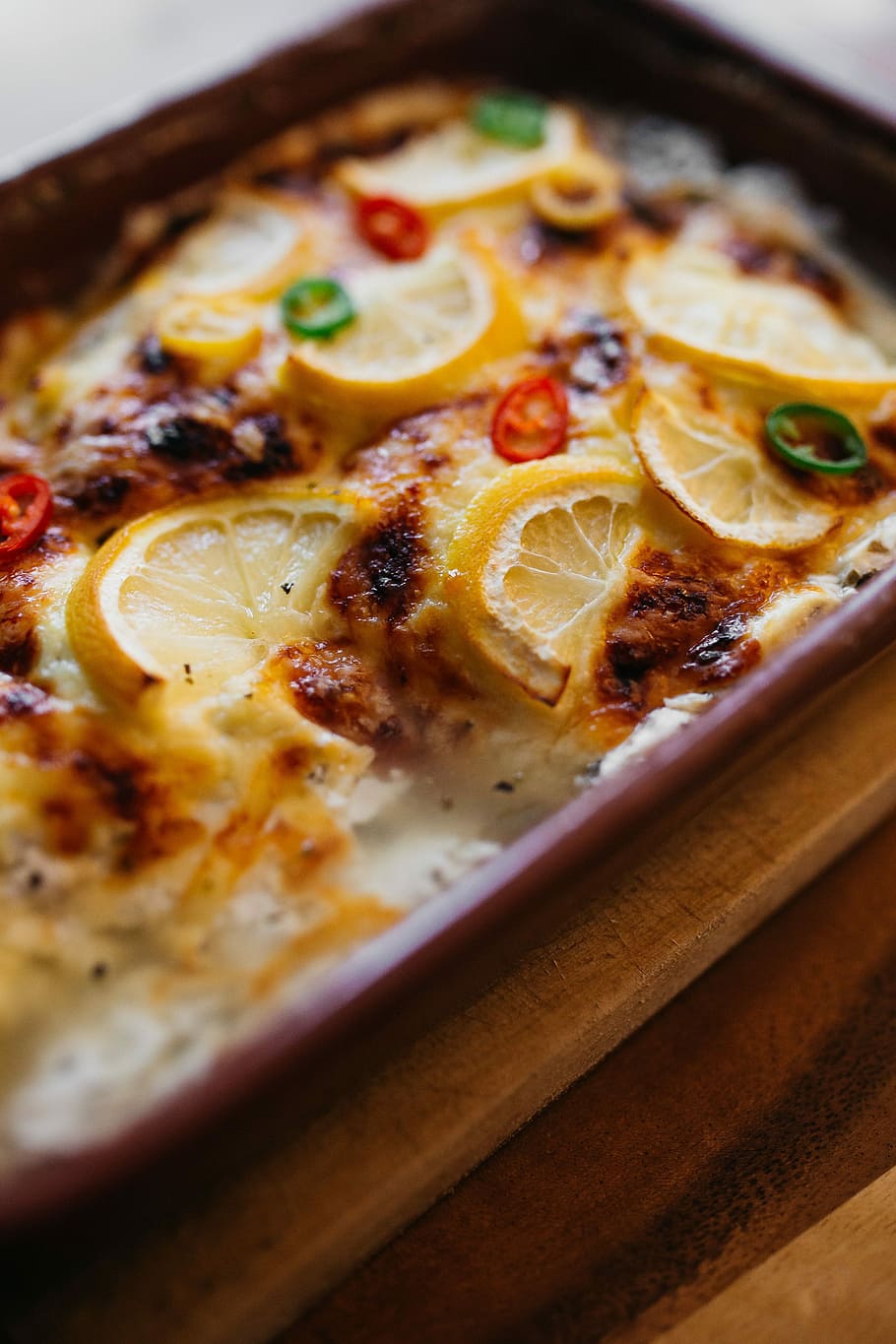
Introduction:
Welcome to a flavorful journey with this delicious Thai Chicken Satay recipe. This dish is a perfect combination of tender chicken marinated in a blend of Thai spices and served with a creamy peanut sauce. Whether you’re a fan of Thai cuisine or looking to try something new, this recipe is sure to delight your taste buds.
Origin and History Of This Recipe:
Thai Chicken Satay is a popular dish that originated in Thailand, where it is often sold as street food. These skewers are traditionally made with marinated chicken and served with a rich and creamy peanut sauce. The bold flavors and aromatic spices used in this dish have made it a favorite among food lovers all over the world.
Things To Expect In This Post Article:
In this post, we will be diving into the step-by-step process of making this flavorful Thai Chicken Satay recipe. From a list of ingredients to cooking tips and serving suggestions, we have everything you need to create a delicious meal right in your own kitchen. But before we continue, let’s get started on gathering the ingredients.
Ingredients List:
- 1 lb of chicken breast, thinly sliced
- 1/4 cup of coconut milk
- 2 tbsp of soy sauce
- 2 tbsp of fish sauce
- 1 tbsp of curry powder
- 1 tbsp of brown sugar
- 1 tsp of ground cumin
- 1 tsp of ground coriander
- 1/2 tsp of turmeric
- 2 cloves of garlic, minced
- Bamboo skewers, soaked in water
- Salt and pepper to taste
- Peanut sauce for dipping
Preparation Steps:
- In a bowl, combine coconut milk, soy sauce, fish sauce, curry powder, brown sugar, cumin, coriander, turmeric, and garlic.
- Add the sliced chicken to the marinade and let it sit for at least 30 minutes to marinate.
- Thread the marinated chicken onto the soaked bamboo skewers.
- Preheat a grill or grill pan over medium-high heat and cook the chicken skewers for 3-4 minutes on each side or until cooked through.
- Serve the Thai Chicken Satay with a side of peanut sauce for dipping.
Cooking Time & Servings:
This Thai Chicken Satay recipe takes approximately 40 minutes to prepare and cook. It serves 4-6 people, depending on portion sizes.
Personal Touch:
Growing up, Thai Chicken Satay was a dish that my family would often enjoy during special occasions or gatherings. The flavorful marinade and creamy peanut sauce always brought everyone together around the table. I hope this recipe brings as much joy and deliciousness to your home as it did to mine.
Nutritional Information:
Per serving, this Thai Chicken Satay recipe provides a good source of protein, healthy fats, and essential nutrients. It is also a great way to incorporate exotic flavors and spices into your meals.
Health Conditions And People To Avoid This:
While this dish is generally healthy and nutritious, individuals with peanut allergies or nut allergies should avoid the peanut sauce. Additionally, those with sensitivities to soy or fish should also be cautious when consuming this dish.
Nutrition and Benefits To The Body:
The chicken in this dish is a good source of lean protein, which is essential for muscle health and growth. The spices used in the marinade also provide antioxidants and anti-inflammatory properties that are beneficial for overall health.
Disadvantages:
While this dish is nutritious and delicious, consuming excessive amounts of peanut sauce may lead to an increased intake of calories and fats. Eating moderately is perfectly fine, but acquiring excess of this nutrient is harmful.
Tips and Tricks:
To enhance the flavor of the Thai Chicken Satay, consider adding a squeeze of lime juice or a sprinkle of chopped peanuts before serving. You can also customize the marinade by adjusting the spices to suit your taste preferences.
Equipment Needed:
To prepare this recipe, you will need a grill or grill pan, bamboo skewers, and basic kitchen utensils such as bowls and measuring spoons. These tools are essential for grilling the chicken skewers to perfection.
Variations or Substitutions:
For a vegetarian option, you can substitute the chicken with tofu or seitan and adjust the marinade ingredients accordingly. You can also customize the spice level by adding more or less chili powder to the marinade.
Serving Suggestions:
Serve the Thai Chicken Satay with a side of jasmine rice, fresh veggies, or a crisp salad for a complete and satisfying meal. You can also pair it with a refreshing Thai iced tea or a cold beer to complement the flavors.
Storage and Reheating Instructions:
Store any leftover Thai Chicken Satay in an airtight container in the refrigerator for up to 3 days. To reheat, simply place the skewers on a baking sheet and warm in the oven at 350°F for 10-15 minutes or until heated through.
Conclusion:
I hope you enjoy making and sharing this delicious Thai Chicken Satay recipe with your friends and family. Feel free to get creative with the marinade and toppings to make it your own. Happy cooking!
Frequently Asked Questions (FAQs):
Q: Can I use chicken thighs instead of chicken breasts for this recipe?
A: Yes, you can use chicken thighs for a juicier and more flavorful option. Adjust the cooking time accordingly for best results.
Q: Is there a vegetarian alternative for this dish?
A: You can substitute the chicken with tofu or seitan and use a vegetable-based marinade for a vegetarian version of this dish.
Q: How long should I soak the bamboo skewers before grilling?
A: Soak the bamboo skewers in water for at least 30 minutes to prevent them from burning on the grill.
Q: Can I make the marinade in advance?
A: Yes, you can prepare the marinade ahead of time and store it in the refrigerator for up to 24 hours before using it to marinate the chicken.
Q: Can I freeze the Thai Chicken Satay for later?
A: While it is best enjoyed fresh, you can freeze the cooked chicken skewers in an airtight container for up to 3 months. Reheat in the oven before serving.
Q: What other sauces can I serve with the Thai Chicken Satay?
A: In addition to peanut sauce, you can also serve the chicken skewers with a sweet chili sauce, sriracha mayo, or a tangy tamarind sauce for a variety of flavors.
Remember, the key to a successful recipe post is to provide valuable information, engage your readers, and optimize your content for search engines. By following this structured guide, you can create a compelling and SEO-friendly post that will attract more readers and keep them coming back for more delicious recipes.




















